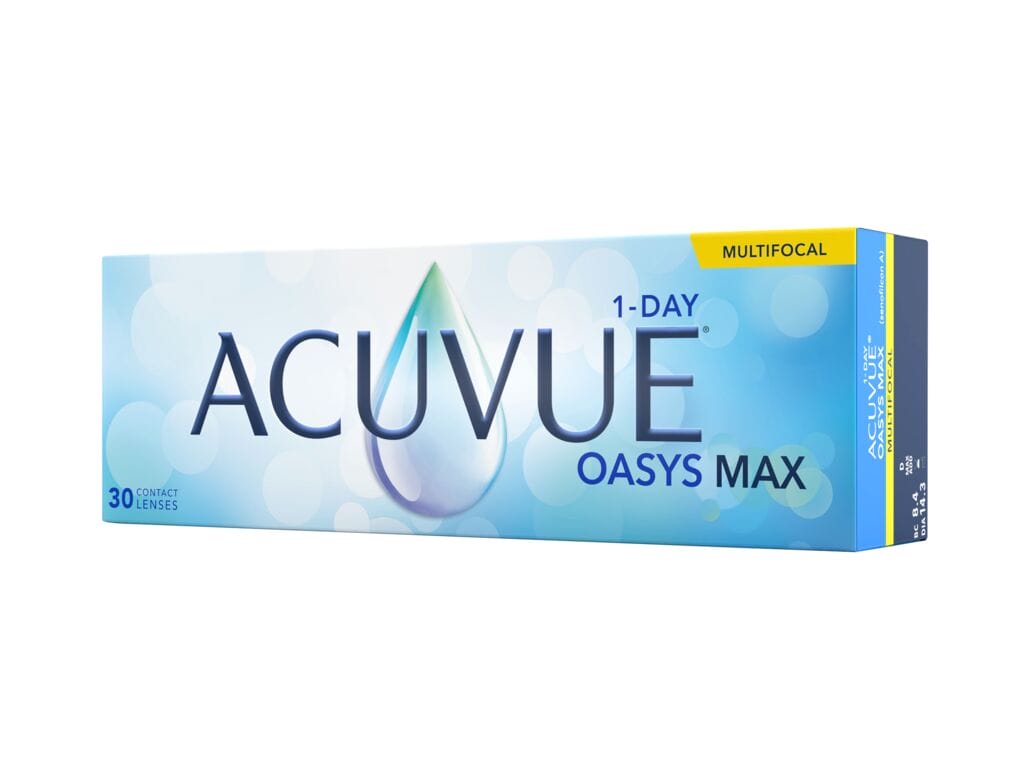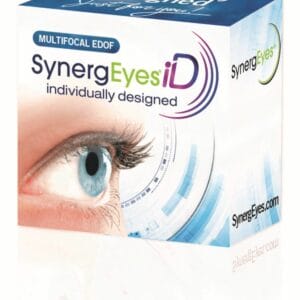April 25, 2023
What’s next after you have identified candidates for presbyopic contact lenses, educated patients about expectations, and cleaned their ocular surface? Lens selection comes next. Here are some contact lens options in the soft contact lens category perfectly suited for your presbyopic patients.
It is pretty incredible how many lenses are available with even more new options on the horizon. The first way to narrow down which lens will be the winner for your patient is to determine which modality they are interested in, planned replacement or daily disposable.
Which Contact Lens Modality is Growing the Fastest?
Dailies are the fastest growing modality in prescriptions and technologies. So, not only do we already have more options in this space than in others, but we also have new brands and parameters coming out every year.
Dailies are also a great option for our active presbyopic patients whose lifestyles may make them want to switch between contact lenses and spectacle lens wear as seamlessly as possible. With newer technologies across all modalities, the evaluation process is even more streamlined as we are seeing similar designs and fitting guides in both daily and reusable categories.
Available Multifocal Options in Premium Daily Disposables
Premium daily disposable multifocal options now include MyDay Multifocal (CooperVision) with the Binocular Progressive System and 1-day Oasys Max Multifocal (Johnson & Johnson Vision) that incorporates the Pupil Optimized Design and the Opti-Blue Light filter, a high-energy visible light filter. Dailies Total 1 Multifocal (Alcon) uses the Precision Profile Design for smooth progression of power gradients. Launching this summer will be Infuse Multifocal (Bausch + Lomb) with its three-zone progressive design for all ranges of vision. All of these options continue to push the envelope in innovation for better vision and comfort.
Presbyopic Patients with Astigmatism Now Have Options Too
How many of us have heard from patients that they are not contact lens candidates because they have astigmatism? Let’s not allow our patients with toric contact lenses to think they are not candidates for multifocal options. There are now multiple options in the multifocal toric category. Parameter expansion has helped to increase the number of presbyopic astigmats who can wear multifocal contact lenses, thereby decreasing the number of patients who are ineligible for contact lens wear because they have astigmatism.
Among the brands available on the market that do not require a custom order are Biofinity or Proclear Toric Multifocal (CooperVision) and Ultra Multifocal for Astigmatism (Bausch + Lomb).
These lenses have created success in a category that was underserved for so many years. Greater production capabilities have opened up to significantly reduce turnaround time in diagnostic lenses and revenue boxes. These lens designs closely follow their spherical multifocal fitting guides and should be evaluated similarly to standard torics and multifocals.
With the Ultra Multifocal for Astigmatism, there is even a fit set available to have in-office. The Ultra Multifocal for Astigmatism is available up to -1.75 cyl around the clock in 10-degree increments and up to -2.75 cyl in WTR/ATR axes. Biofinity Toric Multifocal goes all the way up to -5.75 cyl around the clock with 5-degree increments at no extra cost compared to lower cyls. These options have opened the door for who is a candidate for soft contact lenses. Of course, some patients will require a custom soft contact lens, and we will discuss those designs in next month’s article.
Another option for these patients is modified monovision. By fitting the dominant eye in a toric contact lens for distance and a multifocal lens in the non-dominant eye, we provide optimal working distance vision in multiple focal points without disrupting clarity at distance
When converting patients into multifocals, one trap to avoid is to only allow the patient to try the brand of contact they currently wear in distance only. While that is a great place to start, just because one multifocal is not successful in the patient’s mind does not mean that the optics of a different brand might not be a better solution.
Use the Manufacturer’s Contact Lens Fitting Guide First
Another tip for success is to follow the company’s fitting guide first. Each lens has gone through extensive research to figure out how to achieve optimal vision. There are online resources (see links below) as well as hard copies of these available from contact lens industry partners. If you do not have the fitting guide handy for a brand, it is an easy Google search, and likely there is an online fitting tool where you can input refraction, add, and eye dominance, and the application will tell you what trials to pull to start. Following the guide first can significantly cut down chair time and get the patient to the functional outcome they seek. Often, when following each manufacturer’s recommended fitting guide, we can get a successful fit in one or two trial sets. The beauty is not only in succeeding quickly but also failing quickly in a particular lens design. If we’re not in the ballpark of functional vision after one or two lenses, it is time to move on to a different lens option even if the patient was successful in single vision with that material. This helps all parties involved from doctors, staff, and patients to relieve frustration in trying to chase perfection. If we cannot find a good endpoint after two sets, sometimes it is best to try a different brand with different optics.
With all of the new options available, we have been able to successfully fit more patients than ever into soft multifocal contacts. Patients are happy to be in comfortable and familiar lens designs without having to switch to custom soft or rigid gas permeable alternatives to achieve the vision they desire.
Online Fitting Guides
Acuvue Oasys 1-day Max and Oasys Multifocal
Alcon Dailies Total 1, Dailies Aqua Comfort Plus, Air Optix Plus Hydraglyde Multifocal Video






